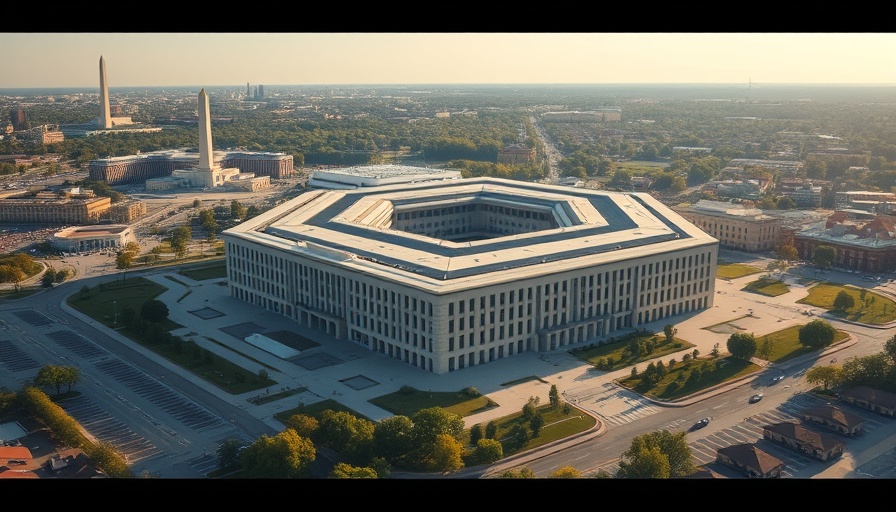
A Deep Dive into the Trillion-Dollar Defense Budget
The United States is bracing for a landmark shift with its defense budget forecasted to exceed a staggering trillion dollars. This unexpected leap comes earlier than analysts predicted and is driven by increasing geopolitical tensions, especially concerning China. The USD 1.01 trillion national defense proposal for fiscal year 2026 (FY26) marks a 13.4% increase from the previous year, showcasing a significant escalation in military investment.
Key Budget Breakdown: What’s at Stake?
The new budget emphasizes enhancement in various military branches, with allocations of:
- USD 197.4 billion for the Army
- USD 292.2 billion for the Navy
- USD 301.1 billion for the Air Force
- USD 170.9 billion covering defense-wide initiatives
One of the most notable features is the $40 billion earmarked for the Space Force, representing a 30% increase from FY25. This robust funding reflects the growing importance of space warfare capabilities in modern defense strategies.
Funding Priorities: Winners and Losers
As the budget heads to Congress for deliberation, questions arise about the pronounced "winners and losers" in this financial allotment. Although a share of $1 trillion seems selectively generous, the reality of national budget proposals indicates that only certain programs may blossom while others remain sidelined. Among the heavily funded initiatives are:
- $25 billion for the initial phase of the Golden Dome missile defense system
- $60 billion focused on modernizing the nuclear enterprise
- $3.5 billion for the F-47 Next Generation Air Dominance fighter
- Funding for 19 new ships for the Navy, maintaining a fleet of 287 vessels
- $15.1 billion allocated for enhancing cybersecurity measures
However, there are likely to be contentious negotiations as members of Congress advocate for localized interests or programs that might not enjoy the same national security priority.
Cultural and Economic Implications for Mississippi
For Mississippians, the ramifications of this expansive budget could be twofold. With a significant military presence and naval shipbuilding facilities in the region, the uptick in funding can create job opportunities. However, if funds fail to trickle down appropriately, local businesses tied to defense contracts might feel the pressure as their viability could hinge on the final allocation outcomes.
The Long-term Picture: Defense vs. Domestic Needs
As the U.S. embarks on this ambitious defense funding trajectory, the debate between military strength and domestic welfare continues. Are we prioritizing security at the cost of social programs? Critics advocate for a balanced approach: ensuring national security while also addressing the pressing needs of American communities. Expect heated discussions in Congress as legislators grapple with these competing priorities.
Engaging the Public: Why This Matters
Understanding the budget process is crucial for citizens, especially in a democracy where public funds are at stake. With national defense often seen as an abstract concept, it’s essential for residents to recognize how changes influence local economies, job markets, and community welfare. As the defense budget has evolved, so too should citizen engagement in discussions about its direction and implications.
Concluding Thoughts: Preparing for Change
As the defense budget proposal transitions through congressional scrutiny, Mississippians and all Americans must stay informed and engaged with how these government decisions impact everyday life. Encouraging a dialogue surrounding budget priorities might foster a more transparent process, ensuring that funds benefit the broader population and enhance national security simultaneously.
 Add Row
Add Row  Add
Add 




Write A Comment